mkschaefer
New member
This proven female was introduced to a young male this season.
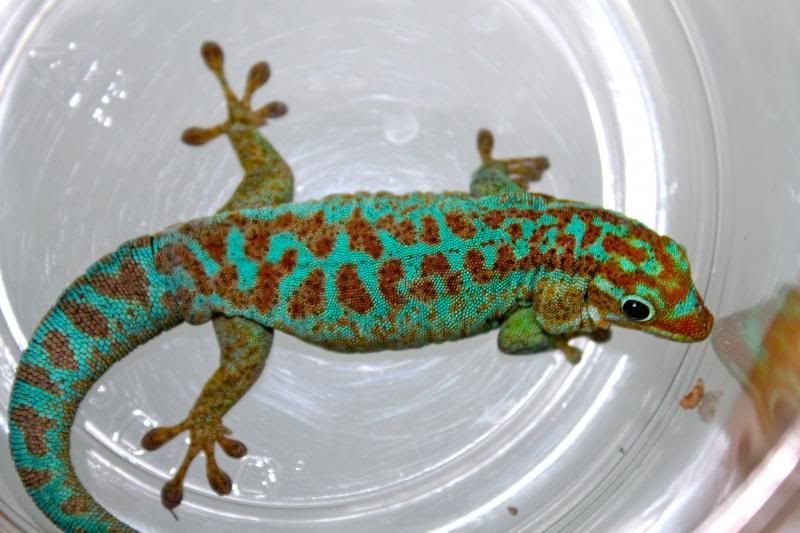
A few weeks later, this female was introduced to the pair. I have not found trios to be successful for very long, but sometimes introducing or rotating one or two females seems to encouraging pairing (at the expense of the excluded female as the pair will often drive her off or attack her). I think this special manipulation is a consequence of confined captive conditions. This technique has worked with other species (Phelsuma guimbeaui) as well, but requires careful monitoring.

The male seemed to prefer this female, but the larger female attacked her. I removed the smaller female, allowed her to recover, and then reintroduced her to the male after pulling the larger female. The larger female was paired with another male for a few years.

This is a poor quality cell phone shot, but I was glad to see the young male begin his first breeding season early with the smaller female.

Eggs glued to the glass
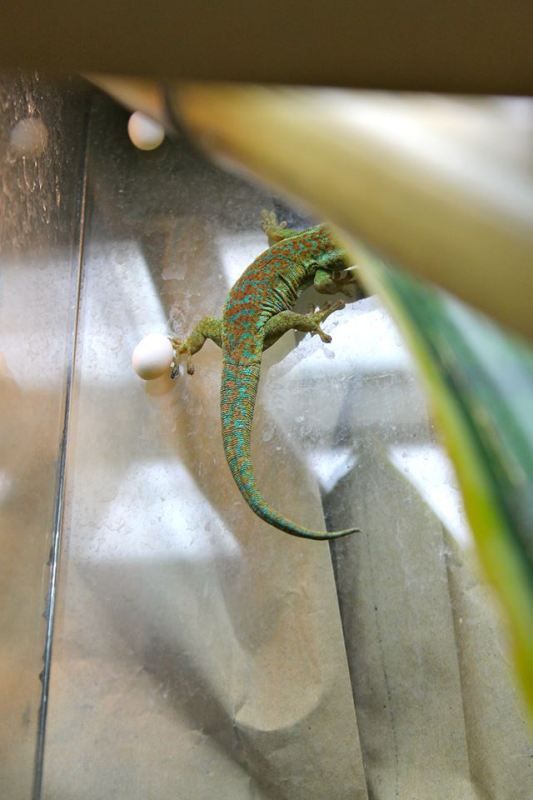
Eggs covered so I can collect the young before the parents do
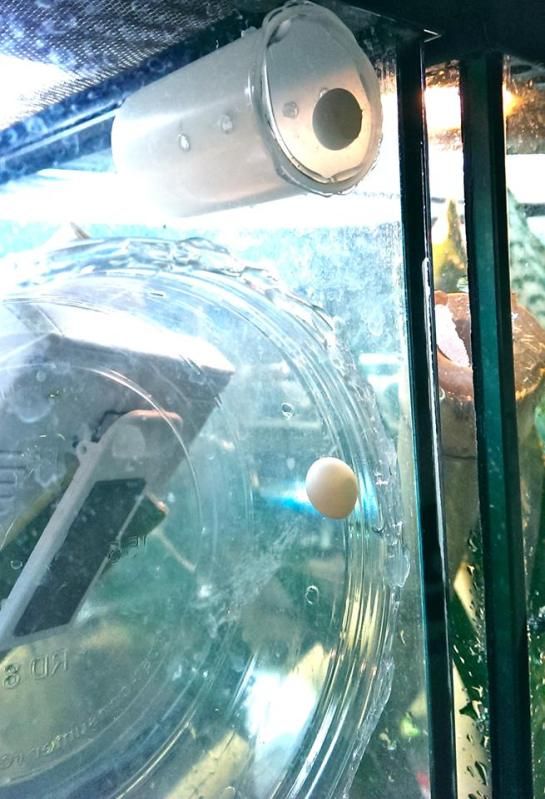
Eggs glued to the glass just inches from the warmest basking site in the enclosure
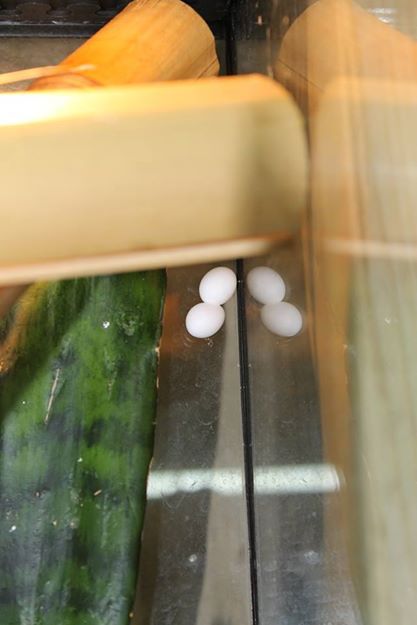
A young male breeder

Female appearing quite interested in the hatchling or in consuming remaining egg shell
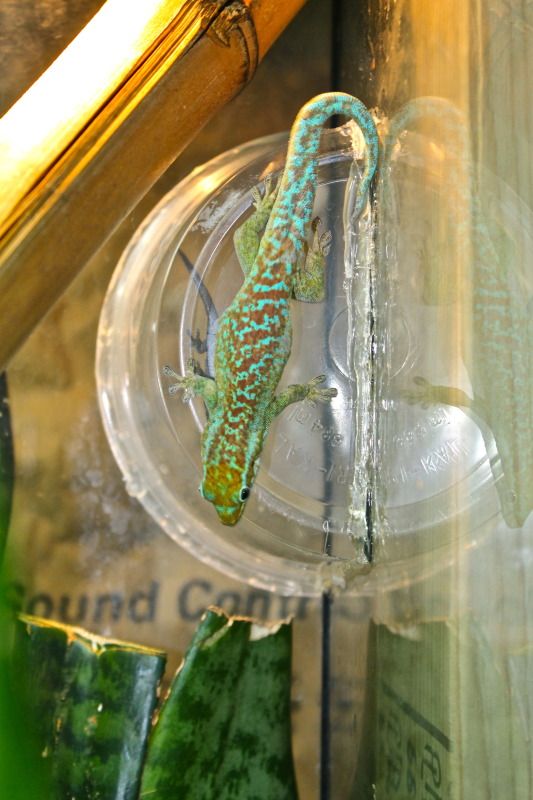
After I removed a hatchling, the female came over, quite boldly, and began consuming the egg shell. She appears gravid again. I covered the eggs again so I could collect the other hatchling

Female positioned near the eggs after another hatchling emerged
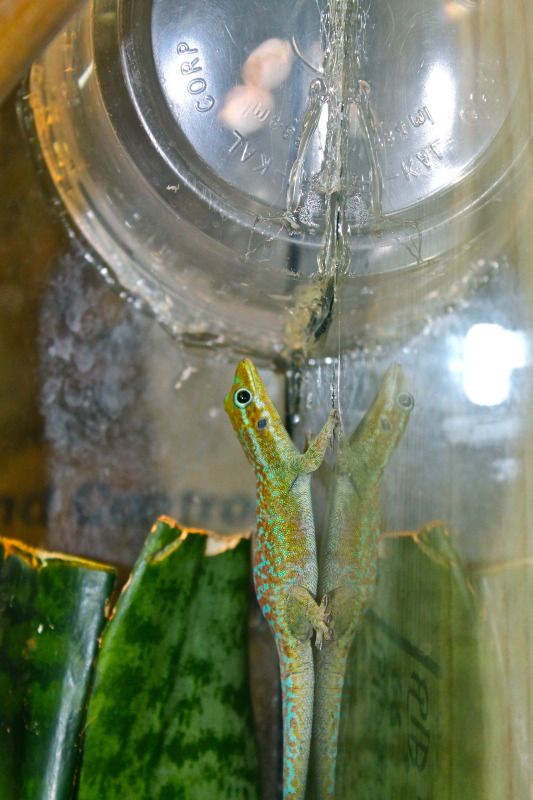
Some of the hatchlings

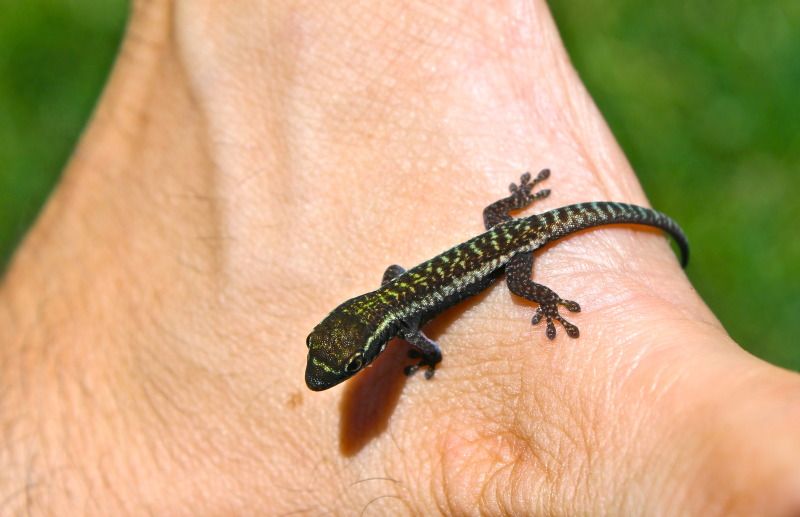

A few weeks later, this female was introduced to the pair. I have not found trios to be successful for very long, but sometimes introducing or rotating one or two females seems to encouraging pairing (at the expense of the excluded female as the pair will often drive her off or attack her). I think this special manipulation is a consequence of confined captive conditions. This technique has worked with other species (Phelsuma guimbeaui) as well, but requires careful monitoring.

The male seemed to prefer this female, but the larger female attacked her. I removed the smaller female, allowed her to recover, and then reintroduced her to the male after pulling the larger female. The larger female was paired with another male for a few years.

This is a poor quality cell phone shot, but I was glad to see the young male begin his first breeding season early with the smaller female.

Eggs glued to the glass

Eggs covered so I can collect the young before the parents do

Eggs glued to the glass just inches from the warmest basking site in the enclosure

A young male breeder

Female appearing quite interested in the hatchling or in consuming remaining egg shell

After I removed a hatchling, the female came over, quite boldly, and began consuming the egg shell. She appears gravid again. I covered the eggs again so I could collect the other hatchling

Female positioned near the eggs after another hatchling emerged

Some of the hatchlings



